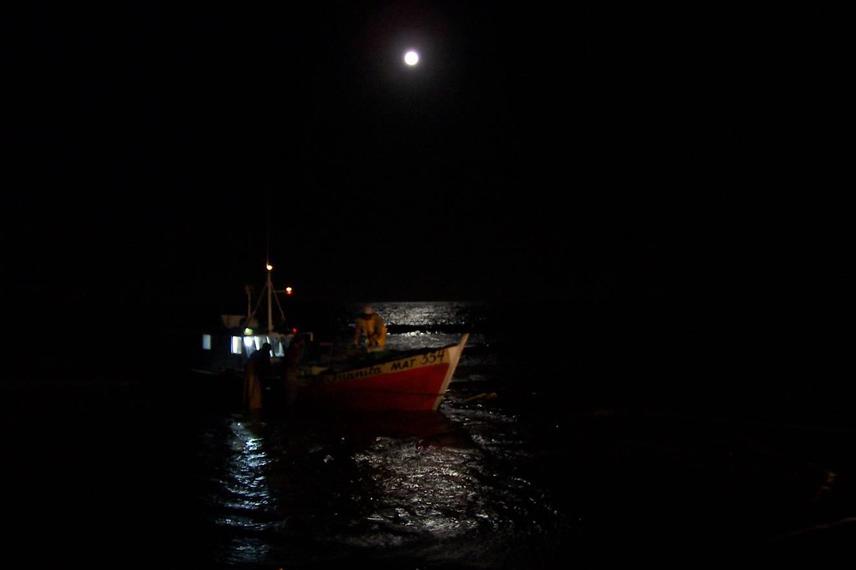Caterina Dimitriadis
Other projects
17 Jan 2004
Incidental Capture of Franciscana Dolphins in Artisanal and Trawling Fisheries in Uruguay I
14 Jun 2006
Incidental Capture of Franciscana Dolphins in Artisanal and Trawling Fisheries in Uruguay II
The main aim of this project is to determine areas of importance for franciscana dolphin along Uruguayan coastal waters by assessing the impact of fishery interaction with the species, involving fishermen and related actors actively as well as by obtaining information on genetic population structure and feeding ecology.

The Franciscana dolphin (Pontoporia blainvillei) is an endemic species of the South Western Atlantic Ocean. It is the most threatened small cetacean in the region, due to the incidental capture in artisanal fisheries along all its distribution. The species is known to get caught also by trawlers, though such interaction has not been thoroughly assessed yet. Currently, the Rio Grande do Sul/Uruguay franciscana subpopulation is considered in the IUCN red book as vulnerable (IUCN 2006).
In this project we will conduct monthly visits to fishery localities of the La Plata River estuary and of the Atlantic Ocean coast to gather data about each fishing event and incidental captures, recorded in a log-book most fishermen working in this project have already received last year. In bottom trawl fishery, onboard data will be collected uninterruptedly from selected vessels and fishermen will be visited at the port. Thus, this study will contribute to evaluate the mortality of franciscanas in artisanal gillnets and, for the first time, the interaction of the species with trawl fishing.
In addition, this study will make an important contribution to increase the knowledge on the biology of the species and its conservation. So far, its population genetic structure was studied for the entire distribution range, but further details on the local genetic variation and population structure between the mentioned areas remain unknown. To address this issue, we will estimate the degree of genetic differentiation between La Plata River estuary and Atlantic Ocean coast. And as regards feeding habits, recent studies of franciscana from Rio Grande do Sul reported a probable habitat preference by latitude. So the diet of the species will be evaluated according to sex, age and reproductive status in both areas; the analysis of those two ecosystems would give complementary information towards the identification of management units in a fine scale.
Lastly, it is also intended to increase fishermen awareness on the issue of franciscana dolphin incidental capture with the aim of achieving coordinated work. By doing so, it is sought to maximize conservation efforts, involving them actively in the project and in the discussion of putative mitigation measures.
Determining coastal areas of importance for franciscana dolphin along the Uruguayan coast will be an essential tool for directing management and conservation efforts in the long term, not only in Uruguay but in the whole distribution range of the species.